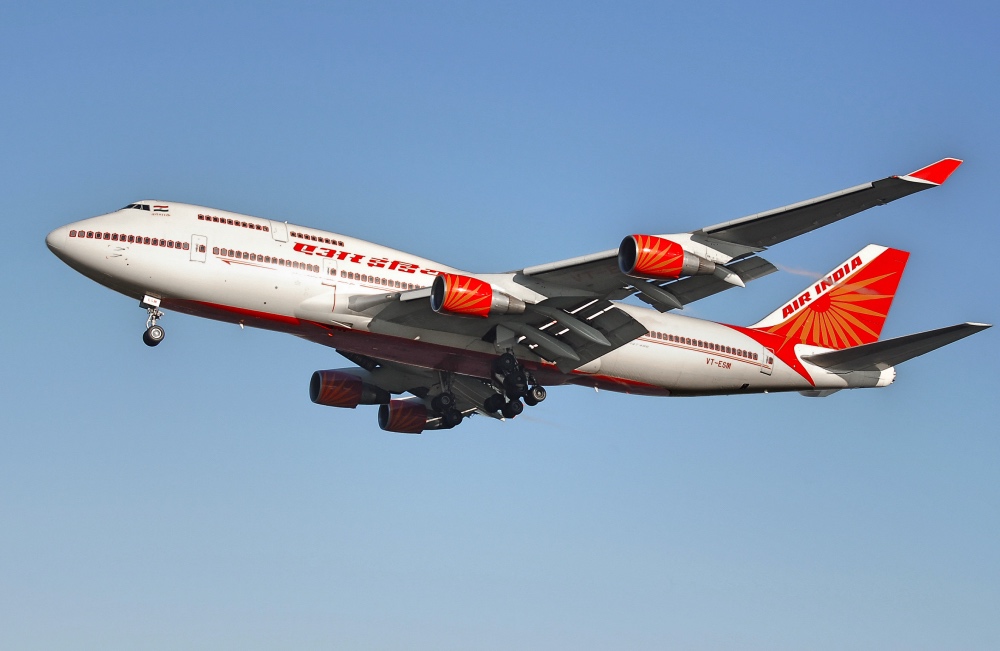One of the things I was looking forward to, during my vacation last year, was the opportunity to fly Air India’s 787 Dreamliner aircraft. Sadly, the experience turned out to be a disappointing. While my flight to and from Bangkok was on time, the on-board experience itself was a damp squib. A broken seat tray, cheap (poor sounding) ear buds, and filthy aircraft toilets. And when the plane landed, the large dimming windows began to fog, so I couldn’t see much of the tarmac (something I like observing) as we pulled in to our parking bay. But there were some positives too. The cabin crew were very courteous and friendly. And the food was good. I would have loved to recommend Air India, but my friends choose Emirates (some joke that it is India’s national carrier). These days I see articles mulling about the privatisation of Air India. So what will eventually become of the flying Maharaja and its jumbo jets?
The airline has a debt of Rs 52,000 crore. It has a fleet of ageing aircraft. It also has the highest ratio of employee per aircraft. Yet the government keeps pumping in crores of tax payer rupees to keep the airline afloat. I feel sorry for the banks that lend it money — it is such a stressed asset. And the private carriers in India are taking away its business. I could say that Indigo Airlines is what Indian Airlines could have really been. The merger of Indian Airlines and Air India was a big mistake.
So what will become of Air India eventually? Here are some possibilities and arguments.
- The airline could be (semi) privatised: The Public Private Partnership model works in India. We’ve seen it with our Tier-1 airports and the metro lines in our cities. I’m guessing a large conglomerate (industrial house) would take a stake in the airline. But why would they want to take on its huge debt? The government will first have to settle its debts to make the airline attractive enough to suitors. The only things it has going for it right now is the brand, Star Alliance membership, the profitable MRO (maintenance, repair and overhaul) business and some profitable routes.
- The airline could be sold off to an international carrier: We see that happening in Europe and the US, where mergers and acquisitions are common. The Lufthansa Group itself has a stake in several European airlines. Air France merged with KLM (Royal Dutch Airlines); Alaska Airlines acquired Virgin America; Delta purchased North East Airlines; British Airways merged with Iberia. Singapore Airlines could have been the one to acquire Air India, with the Tatas playing matchmaker, but that did not work out.
- The Tatas could take back Air India: That could have happened in the early 90s, but the Tatas are not interested anymore. It should not be forgotten that they were the ones who started the airline in the first place, and then the government nationalised it. I believe the government should not have done that. They could have just operated Indian Airlines and let the Tatas manage the international routes with Air India.
- A private equity firm will acquire Air India: That seems to be a possibility. As I said, there are some good things going for Air India right now, such as its MRO business. The P/E firm could sell off those segments of the business. Air India MRO could scale up to become as good as Lufthansa Technik AG — providing MRO services to the private airlines in a booming aviation market.
- Close it down completely and write-off the loss: That would be the last resort (and a hopeless one). Sell of the planes, the assets. Provide severance for staff and put the nails on Air India’s coffin.
I have fond memories of Air India and would not like to see it close down. Air India can beat the private carriers if it gets its act together. Good management, responsible employees, and on-time performance are some of the things that can save the airline.
But first, it needs to settle its huge debt.









